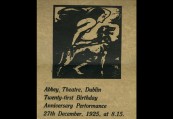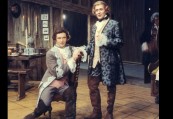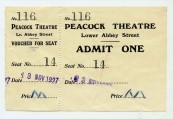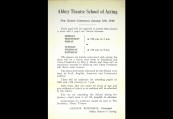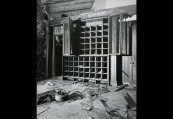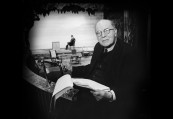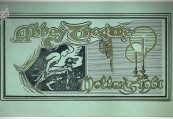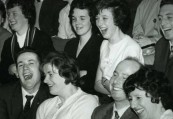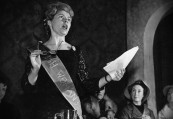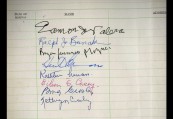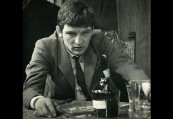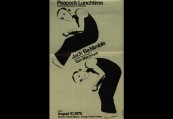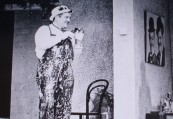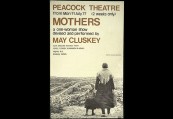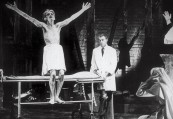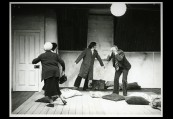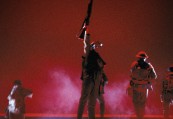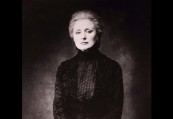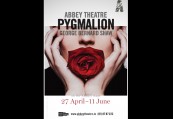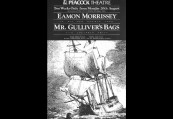The Abbey Theatre’s 21st Birthday
On 27December 1925 the Abbey Theatre performed The Hour Glass by W.B. Yeats, a morality in one act, In the Shadow of the Glen, a play in one act by J.M. Synge and Hyacinth Halvey, a comedy in one act by Lady Grgeory. A special commemorative programme with images of all three playwrights. The programme notes that a vote of thanks to the Abbey Players is to be proposed by Mr. Ernest Blythe, Minister for Finance, seconded by Mr. Gerald O’Lochlain (Gaelic Drama League). Mr. Thomas Johnson T.D. in the chair. Lady Gregory to reply on behalf of the Players. A further note announces that the company would not play the following night instead would be performing plays in Irish for children by the Gaelic Drama League.
